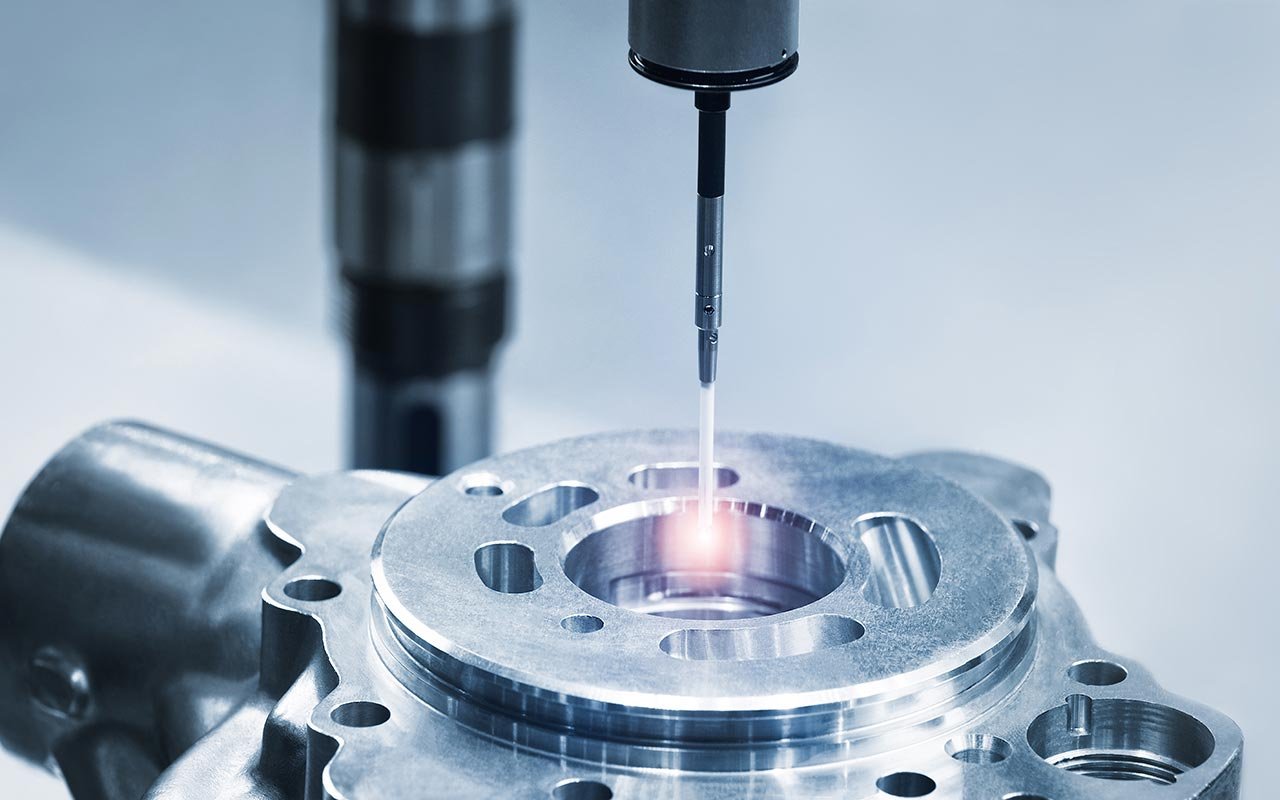Leading the Charge in Portable Turbine Blade Testing for Aerospace Safety
You’re standing in front of a turbine blade fresh off the production line or pulled from service during scheduled maintenance. Your job is to determine if it’s fit for a flight. Now what?
The stakes couldn’t be higher. One undetected crack, stress hotspot, or hidden flaw could jeopardize an engine, an aircraft, and lives.
So, what do you rely on? Cutting into a blade sample to study under a microscope means destroying valuable parts and hoping a few tested pieces represent the whole batch. A visual inspection might catch surface defects but can’t reveal what’s happening beneath. Other conventional methods may provide data points, but they don’t always capture the subtle stresses that signal fatigue before failure.
When “good enough” isn’t good enough, you need a portable, proven solution that delivers reliable answers—whether you’re on the production line, in the hangar, or at the flight deck.
Turbine Blade Integrity Can’t Be Left to Chance
We’ve seen too many recent examples of turbine blade failure—from multiple PT6 engine failures to a Boeing 767 engine failure and even an F-16 crash.
Turbine blade integrity isn’t just a maintenance concern; it’s a flight safety imperative. These incidents underscore the cost of missing what matters.
Defects can hide in plain sight, evading traditional inspection methods until it’s too late. The results—emergency groundings, unplanned maintenance, lost operational readiness, and, in the worst cases, lost aircraft—are staggering.
That’s why portable turbine blade testing solutions are no longer optional. A system that can move seamlessly from the production floor to the hangar ensures every blade is verified at every stage. No reliance on sampling. No waiting for lab results. Just actionable data when and where it’s needed.
For aerospace manufacturers, airline operators, MROs, and defense operators, that’s more than efficiency—it’s resilience. Every inspection window is maximized, and every aircraft takes off knowing safety hasn’t been left to chance.
Portable Precision for Modern Aviation
In aerospace, safety isn’t negotiable. Every turbine blade must perform flawlessly under extreme heat, stress, and rotational forces. That’s why FOERSTER has worked closely with the International Electrotechnical Commission (IEC) aid ASTM International to design systems that meet globally recognized standards. Operators can be confident that our systems aren’t just precise but proven to adhere to the industry’s strictest requirements.
The MAGNETOSCOP 1.070 is engineered for the exact challenges that traditional inspection methods can miss. Powered by fluxgate magnetometer technology, it measures even the weakest magnetic properties of metallic materials with exceptional sensitivity. This enables inspection teams to detect microstructural changes that signal stress or fatigue long before cracks form. By identifying these risks early, blades that might otherwise fail in service can be flagged and replaced before they compromise safety or performance.
In addition to stress detection, the system can perform accurate permeability and magnetic flux density testing, giving operators a deeper understanding of material behavior under load. These capabilities bring laboratory-grade precision without waiting on destructive testing methods or off-site analysis. The result is faster inspections, reduced downtime, and aircraft that stay mission ready.
An added benefit to the MAGNETOSCOP 1.070 is that every measurement is fully traceable. Data can be logged, exported, and integrated into existing quality assurance systems, creating a clear audit trail for regulators, OEMs, and operators. This level of documentation ensures compliance while strengthening trust across the aerospace supply chain.
For manufacturers, operators, MROs, and defense organizations, the MAGNETOSCOP 1.070 delivers more than portability—it provides confidence. Confidence that every turbine blade has been tested to the highest standards, every inspection has been documented, and every aircraft takes off with safety assured.
Raising the Standard in Turbine Blade Testing
Turbine blade failures have shown the industry what’s at stake. Modern aviation requires inspection solutions that combine portability, precision, and compliance. Here’s why the MAGNETOSCOP 1.070 matters:
- Turbine blade integrity is mission critical. Failures are not only costly, but they can ground fleets or cause catastrophic accidents.
- Traditional inspection methods leave blind spots. Visual checks and destructive sampling have trouble detecting the early signs of fatigue.
- Portable, precise NDT solutions close the gap. The MAGNETOSCOP 1.070 delivers lab-grade sensitivity in the field, catching issues before they become failures.
- Traceable data builds confidence and compliance. Logged results integrate seamlessly with QA systems, supporting both safety and regulatory standards.
As global fleets age and demand for efficiency grows, turbine blade testing must evolve. MAGNETOSCOP 1.070 empowers aerospace manufacturers, MROs, and defense operators with a standards-compliant, portable solution designed to detect what others miss. It reduces downtime, strengthens compliance, and most importantly, safeguards lives.
With FOERSTER, turbine blade testing isn’t just a maintenance step—it’s a proactive strategy for keeping aircraft, crews, and passengers safe.
Share this
You May Also Like
These Related Stories
1280_800.jpg?width=1280&height=800&name=High-temperature-corrosion-on-turbine-blades-(sulfidation)1280_800.jpg)
High-temperature corrosion on turbine blades (Sulfidation)
.png)
Why Final-Stage Component Testing is Your Best Quality Assurance Tool
